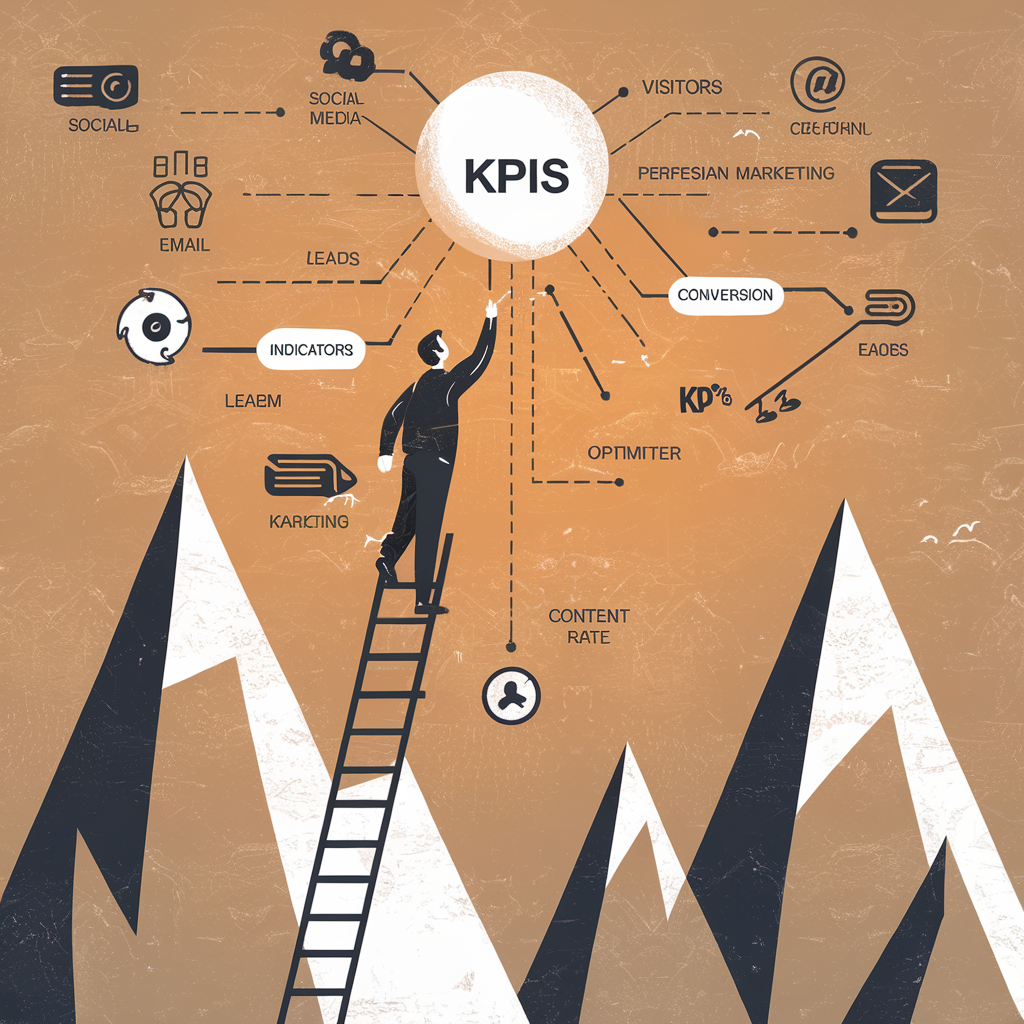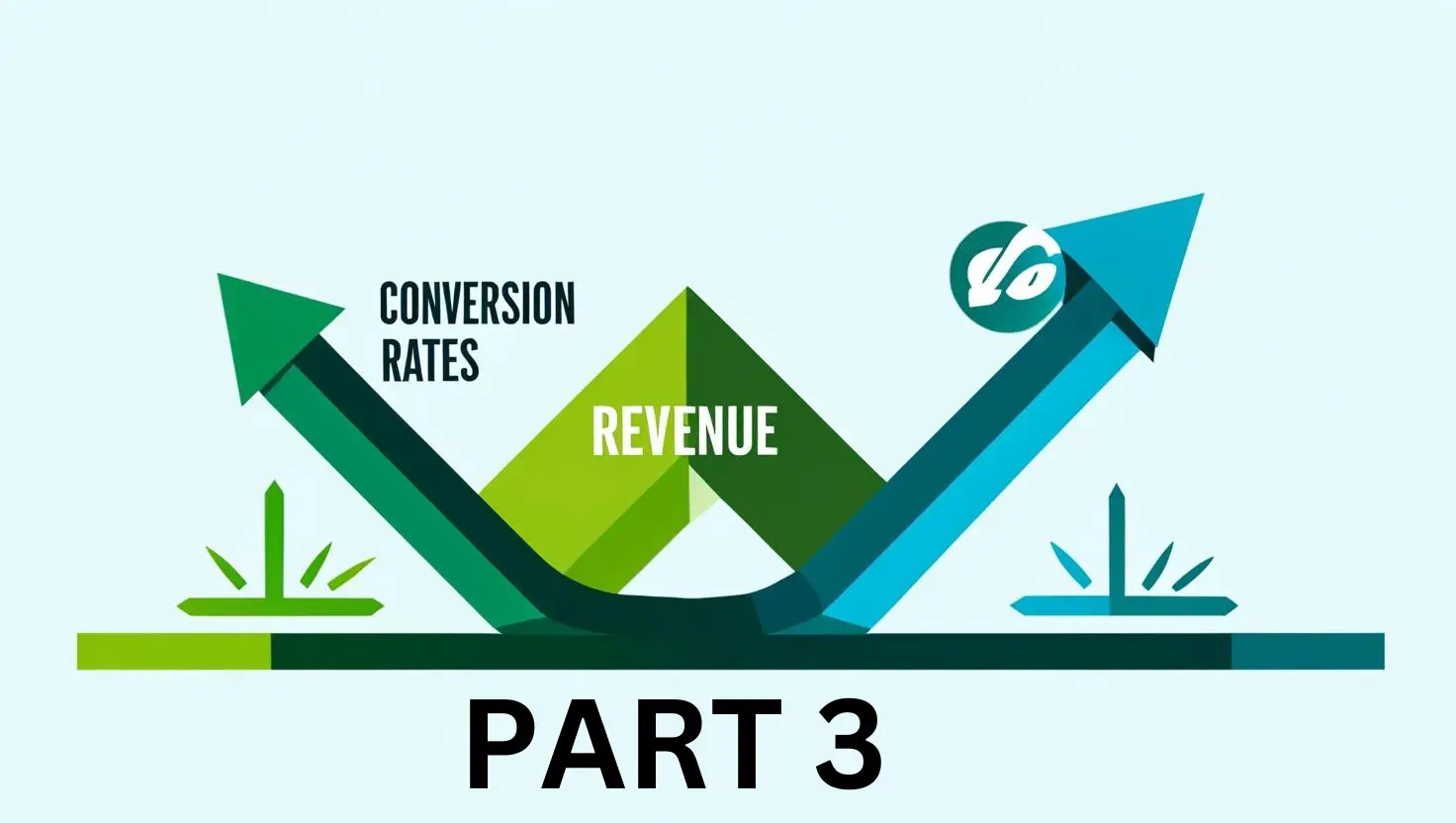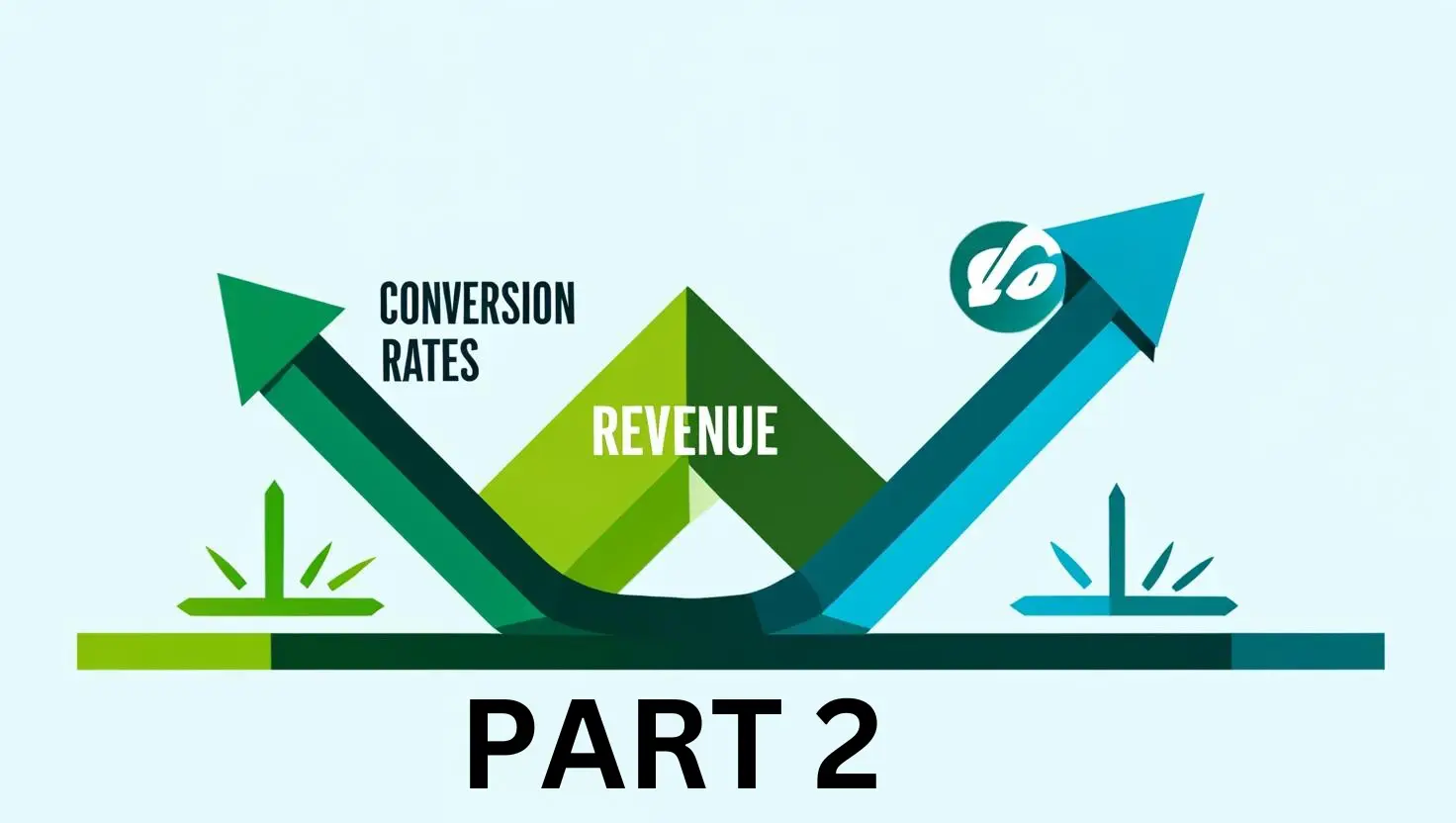All digital marketers know that developing and implementing your online marketing strategy is only half the battle. The best plans also include ongoing measurement so you know what is working (or not), what can be adjusted, and if the overall plan continues to support your business objectives.
The Importance of KPIs
Regardless of what digital marketing channel you’re focused on, it’s paramount to have a set of Key Performance Indicators (KPIs). These are simply specific metrics or data points – such as visitors, leads, conversion rate, etc. – your business tracks in order to help determine the overall effectiveness of your sales and marketing efforts.
Depending on what you are attempting to achieve with your digital marketing efforts, the KPIs will differ from business to business. Are you looking to drive more new customers? Increase website conversions? Grow your pool of qualified leads? Capture newsletter signups? Each of these objectives will require a distinct – albeit likely overlapping set of KPIs.
What You Can Learn From KPIs
Better Budgeting – Because online marketing is tracklable, You will be able to see the results of your overall efforts and individual campaigns – in nearly real-time. Continuous monitoring can help determine the health of each channel and enable more effective budget allocation.
Strengths and Weakness – It’s great to know what’s working and do more of it, but also revealing what isn’t working allows for rapid change and improvement to be made is huge!
Predictive Marketing – Over time, these KPIs can be used as predictive data for future efforts. Let’s say you have KPIs related to a large seasonal campaign. That is likely to help predict what you might expect this year as well. Of course, using KPIs, can’t ensure the results will be the same. You’ll have to factor in changes in your vertical, shifting customer shopping trends, and overall economic factors.
Customer Behavior – Digging deeper into the metrics, may reveal ways to boost revenue through the channel based on customer behavior. Taking that data may allow you to create an overall strategy that increases revenue, based on how customers are purchasing from your brand through each channel. This can also include adding or beefing up retargeting efforts – based on bounce rates cart abandonment.
Picking the Right KPIs
While the benefits of using KPIs are many, selecting the right ones can be a challenge. Determining your KPIs is often a fluid process. In many cases, it requires trial and some experimentation to find the right KPIs to measure, and that takes time. As you start looking at all the data from your digital marketing efforts, you’re likely to see that some metrics are revealing more than you expected and that those provide deeper insight into exactly what is happening.
Again, the right KPIs for your business will be unique, depending on your business objectives. However, there are definitely some very common ones that provide valuable insight for your business
As veterans of the affiliate marketing channel, Apogee knows that working closely and in conjunction with other areas of marketing contributes to a more holistic approach and benefits all marketing efforts. Additionally, understanding what each group (search, paid media, PR, display, etc.) considers its KPIs can help inform the right ones for your affiliate program.
The most common KPIs for affiliate marketing are:
- Conversion rate
- Cost per Action (CPA)
- Average Order Value (AOV)
- Percentage of new customers
- Chargeback rate (gross sales ÷ net sales)
- Revenue per segment
- Incremental revenue from affiliates
- New publisher joins to the program
- The number of active/productive publishers
- Percentage of affiliate sales vs. overall sales
These are the basics for anyone managing an affiliate program. However, there are others related to the overall brand marketing efforts and the website that can also help online marketers – especially affiliate program managers grow their channel.
Customer Lifetime Value (CLV) – This is typically calculated by looking at purchase frequency (PF) multiplied by average order value (AOV) multiplied by gross margin GM) percentage, times the amount of time the customer has been using your service or buying from you. (the equation looks like PF x AOV x GM% x Lifetime of the Customer = CLV). If you want CLV as a KPI, you need to understand that determining CLV is based on the aggregation of many other metrics including: customer acquisition cost, margin, customer retention rate, purchase frequency, average days between transactions, cohort stickiness rate, net promoter score, customer effort score, time to first response, and time to resolution.
Returning vs. New Visitors – Knowing whether you are bringing in new buyers or repeat customers is helpful in developing distinct strategies to grow both segments. Affiliate managers can target specific publisher types for new customers, And best of all, pay a commission based only on driving new customers or a higher commission than for repeat customers. Using this KPI is an effective way for affiliate managers to incentivize affiliates and recruit new affiliates to drive the customer segments that are desired.
Customer Acquisition Cost (CAC) – Once you have a handle on what it costs you to get a customer, you can look to lower those costs. Let’s say your business is spending a lot of paid media, but you're finding it isn’t driving new customers that you desire. However, you’ve determined that a significant portion of new customers are coming from Facebook or other social channels. You would be able to shift your budget to those more effective platforms. Savvy affiliate managers know that working closely with the right affiliates lowers CAC for you because the affiliate is leveraging their audience on your behalf..
Return on Investment (ROI) – Naturally, every business looks to bring in more than they spend. Determining ROI for specific efforts in specific channels can help set rules (such as we’ll only spend X dollars if we know that our return is 3 times that amount). This is key for the most effective budget allocation.
Return on Ad Spend (ROAS) – Much like ROI, ROAS is important for budget allocation, but relates more to individual campaigns and determining their worth. It’s also paramount for working with affiliates that offer paid media campaigns
Average Time on Page – This KPI can provide insight as to what interests your audience and help you develop similar content that keeps them engaged. Sharing this KPI with affiliates will also help them in getting a handle on leveraging the type of content or information that resonates with your buyers.
Pages per Visit – Again, this can help determine audience interest and engagement. The flip side is that if buyers keep clicking from page to page without making a purchase, you might not be providing enough detailed product information on the landing page. Because affiliates often create their own landing pages with your products, they can do some of the heavy lifting of providing organized and detailed information that drives buyers directly to make the purchase.
Website Conversion Rate- Having a website that converts well is the ultimate goal. Diving deep into why things aren’t converting – bad experience, too many steps to purchase, confusing language, etc. – can determine what’s wrong and help you streamline the process. After many years of dealing with merchants in all verticals, Apogee knows that low website conversions dramatically impact all marketing channels – especially affiliates. They are driving users to your site, but if there are conversion problems on your end, the affiliates can’t effectively do their job.
Referring URLs – Knowing where visitors are coming from before making a purchase can help expand your marketing efforts in new directions and often spawn creative ideas for targeting specific customer segments.
Search KPIs That Boost Affiliate
Having various marketing departments share data is especially important when it comes to search. For all channels to benefit, it is practically important to look at these:
Rank Increase of Target Keywords – This KPI can help in aligning new and existing online efforts. If there is a keyword that suddenly sees a dramatic increase, this can indicate a trend or a wave that needs to be ridden immediately.
Keywords in the top 10 SERP – Knowing which keywords rank highest for your space/vertical as well as your own brand, can help broaden your targeting for new customers and pluck some low-hanging fruit.
Page Authority – Based on the web ranking and value assigned to your webpage, it can improve where you will show up in a user’s search. The higher you rank, the more visible your page becomes to searchers. Keeping on top of this lets you make improvements that increase your score.
Search Traffic Sources – How are your customers finding you? And which search engines are they using? Understanding organic and paid search data can help you better align your efforts and find a deeper understanding of your customers intentions and what problems your products help them solve.
Aligning Performance Metrics to Your Marketing and Sales Funnel
All of this data and digital KPIs serve little to no good if they are not aligned with your marketing and sales funnel.
Top of Funnel – Awareness. If you’re seeking brand exposure then those efforts and determining those relevant KPIs are going to be focused on social, influences, display and more. This is where you get the word out as you create strategies to push potential buyers into customers.
Middle of Funnel – Opinion, Conderations and Preference. Focusing on KPIs like numbers of reviews and social recommendations works for this part of the funnel, where people often just need an extra push to make the purchase.
Bottom of Funnel – Purchase. This is all about conversions. Closing the deal. The affiliate channel works well as affiliates are highly skilled at tactics designed to make a sale – after all, they only get paid if a sale occurs, making them highly motivated.
The Best Way to Track KPIs
Cross Tracking Platforms – Typically, each specific area of digital marketing has its own tools and dashboards. But if data is siloed, it’s hard to make good holistic decisions. You’ll want to look at cross tracking platforms that can integrate data from multi sources. You’ll want to have multi-channel attribution that allows for you to see how each touchpoint contributes to a sale. The ability to see how search or your company’s public relations (PR) efforts contribute are key. Over time you may notice patterns or even anomalies that could lead you to shift to new KPIs that provide better insight. Ideally, you’ll want to integrate all this data into your business intelligence software platform.
The bottom line is that KPI can play a huge role in helping grow your business and make data-driven decisions that lead to success.


